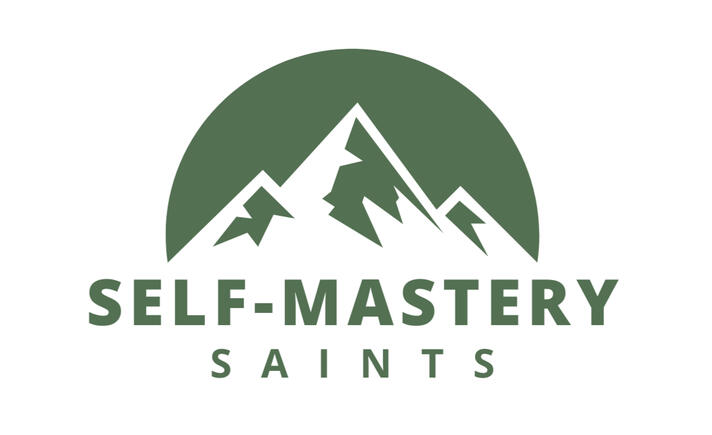
by Nate Goodson Coaching
Welcome to Freedom
True freedom is the power to become who you were born to be. The power to live in alignment with your true identity and deepest values.Self-Mastery Saints is a place where you can gain power to overcome unwanted habits and become your best self.Rooted in the teachings of the restored Gospel and supported by the science of psychology, this Christ-centered coaching program makes deep, lasting transformation possible.I’m glad you’re here. Let’s begin the journey.

© Nate Goodson. All rights reserved.
Why we get stuck:
Your Brain Is Awesome (and a Bit Tricky)
Your brain is designed to keep you safe. Most of the time, it does this without you even realizing it. Subconsciously. It interprets pain and discomfort as danger - something to avoid. And pleasure as safety and survival - something to seek out.
The Problem of False Pleasures
This system works well most of the time. But in today’s world, where cheap, easy pleasure is everywhere, your brain can get tricked. Whether it’s a Twinkie, one more episode in a Netflix binge, or scrolling to see another reel, your brain get's a quick hit of pleasure making it think it's getting something essential, like safety, nourishment, or connection.
In reality, it’s empty calories, false and fleeting pleasures, leaving you feeling more empty and unfulfilled in the end.
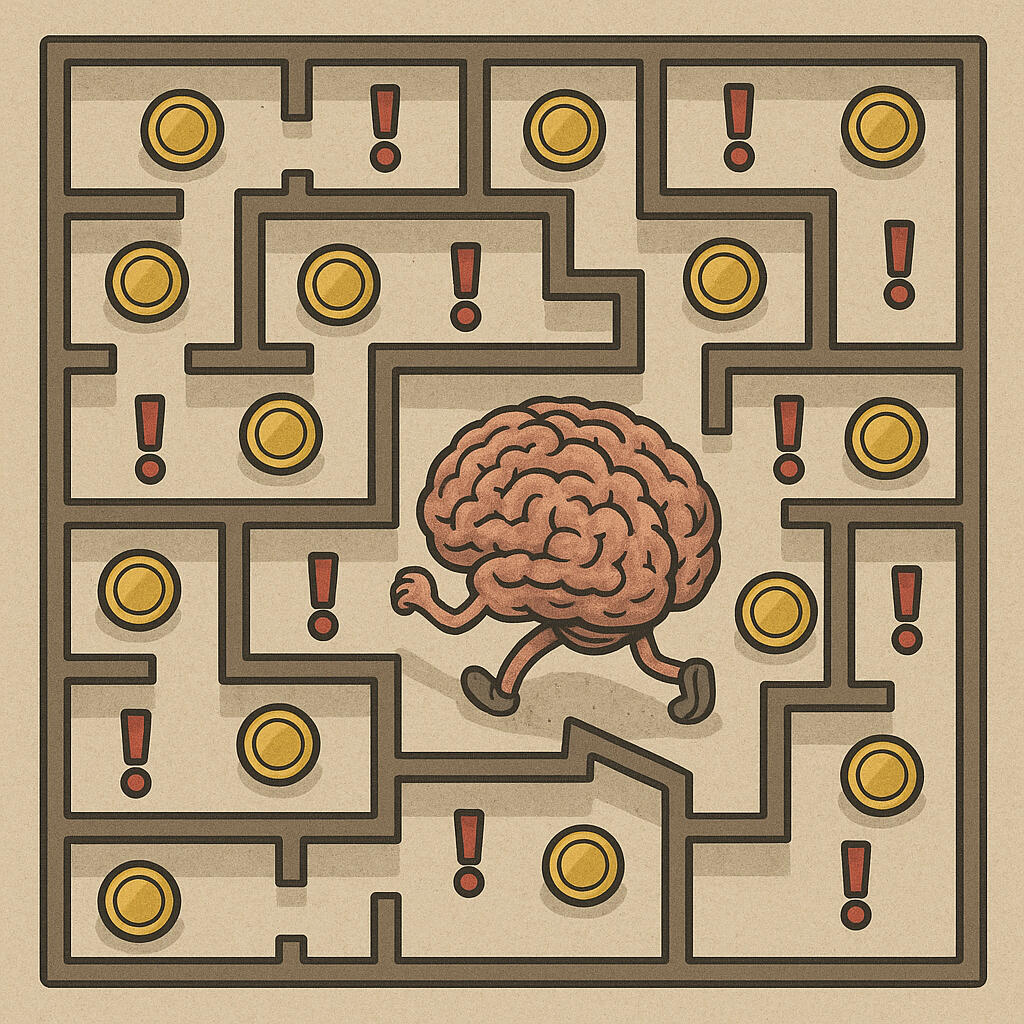
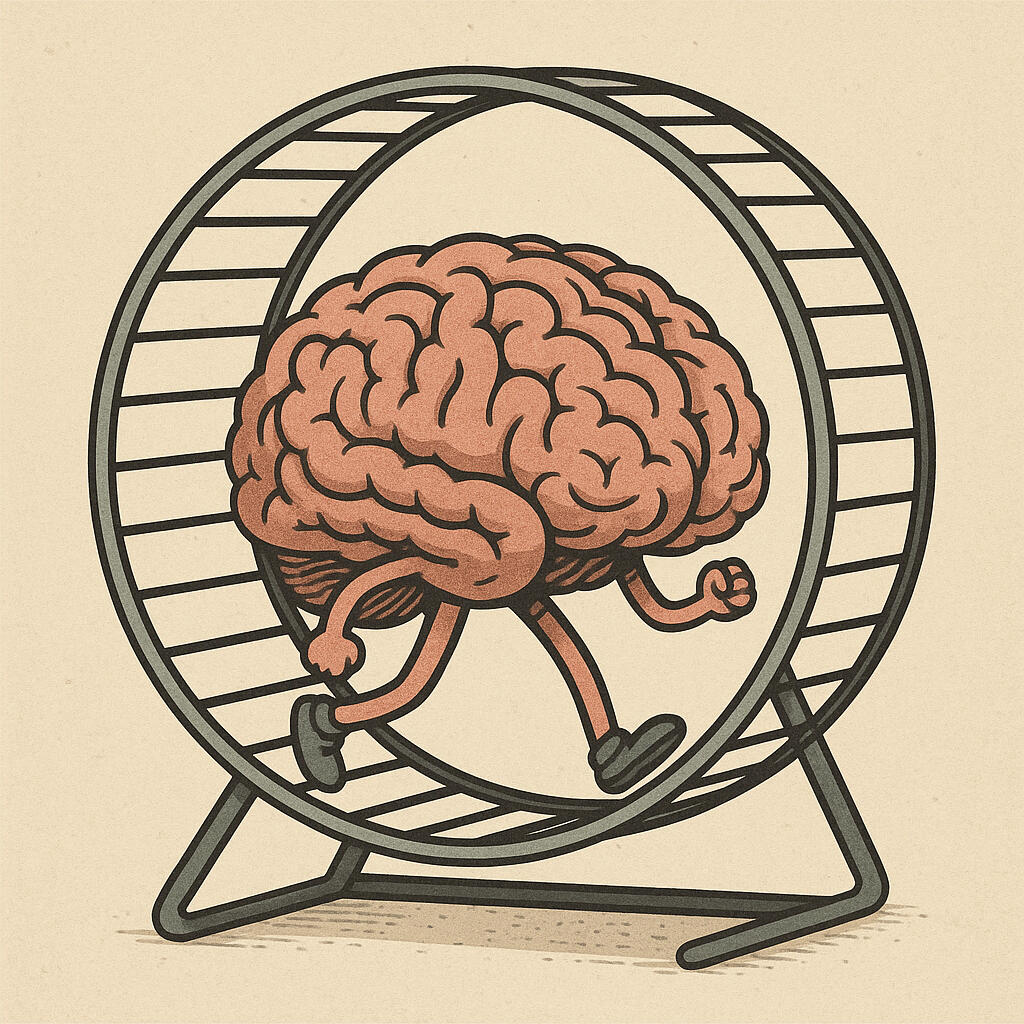
How We Get in a Habit Loop
Here's the problem: part of your brain doesn’t understand it’s being tricked. It just knows it found a fast way to feel good, so it pushes you to do it again. This push is especially powerful if there is something painful or scary your brain is trying to escape from like anxiety, fear, or shame. Of course this escape doesn't solve the anxiety, fear, or shame but instead leads to more of it. And so a vicious cycle can start. It feels impossible to stop because part of your brain truly believes the habit is necessary for survival.
You’re Not Broken
If you find yourself stuck in an unhealthy habit, it’s not because you’re a failure, broken, or a bad person. It’s because you're a human experiencing some of the normal challenges of a human brain and body. It's part of the experience you came to earth to have, and grow through.
Is There a Way Out?
The great news? It is 100% possible to change this cycle. I can help you retrain your brain and regain self-mastery.
That’s what we do here at Self-Mastery Saints.
Want to understand more about why you do the things you do—and how to change?
Click here:
Ready to Rewire Your Brain and Transform Your Life? Let's talk.
Who is Nate Goodson?
CREDENTIALS :
Master's degree in psychology with an emphasis in life coaching.
Worked in mental and behavioral health treatment centers.
Full-time religious educator for 7+ years.
MY STORY :
I spent years frustrated, wondering why I couldn't get myself to stop repeating the same stupid habits, and just be the version of myself I was born to be. I kept beating myself up, thinking that maybe I just needed to try harder - but the more I pushed, the more impossible change seemed to be.
It was a long journey, but in God's mercy I gradually began to understand the root of these patterns— and, more importantly, how to change them. My studies in psychology and the Gospel of Jesus Christ gave me the insight and tools I needed to find real freedom.
Now, I help others do the same. I love guiding people out of shame and frustration and helping them find freedom from their old habits. I want to help you find the greater joy that comes with greater self-mastery. Book a session and lets talk!
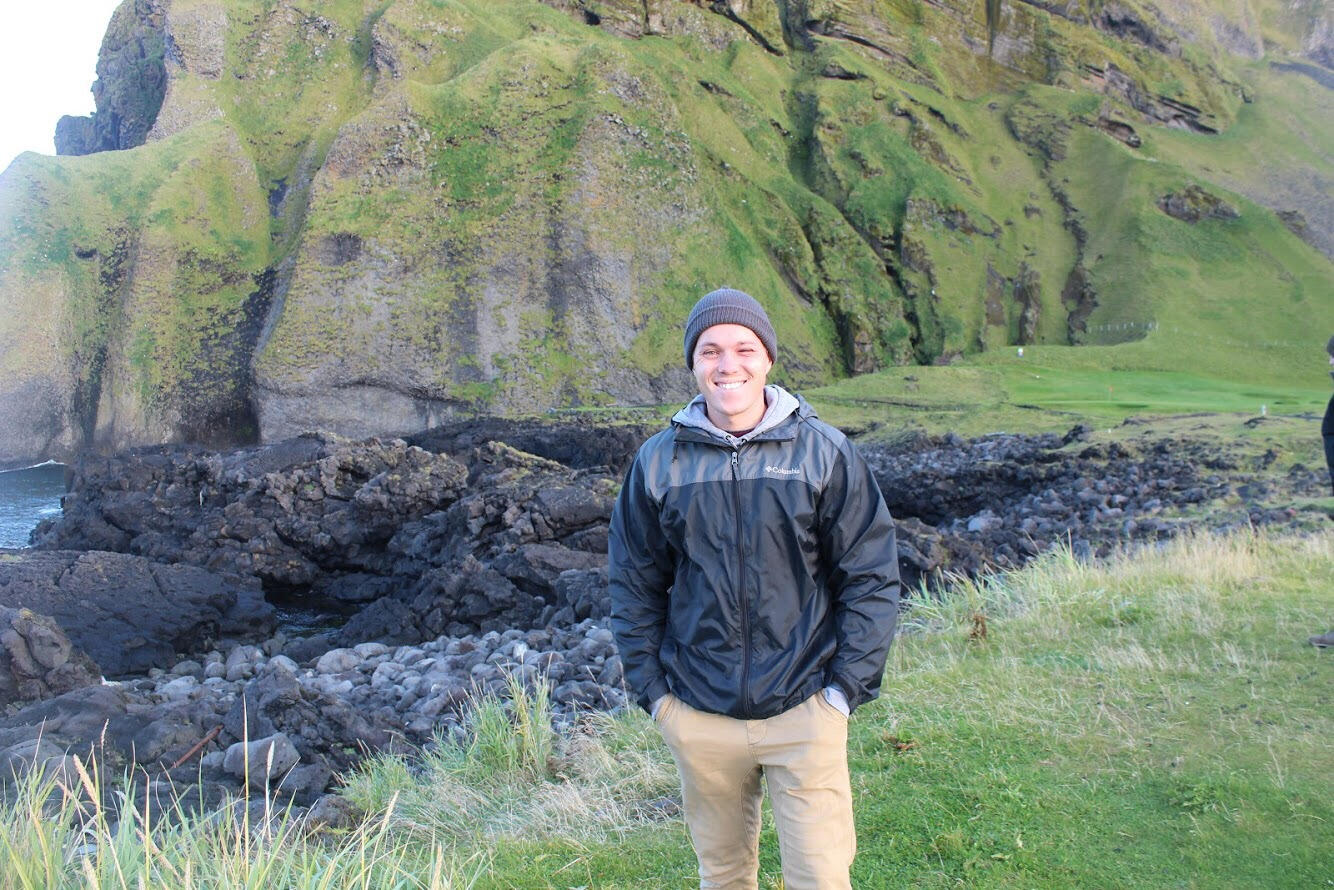
Contact Us
If you have any questions for us, we would love to hear from you.
Thank you
Your message has been sent. We will do our best to get back to you soon.
Get a 1-on-1 coaching session to start gaining freedom.
Choose a date and time that works for you from the calendar below.I keep my rates low to make life-changing coaching accessible to more of those who need it.
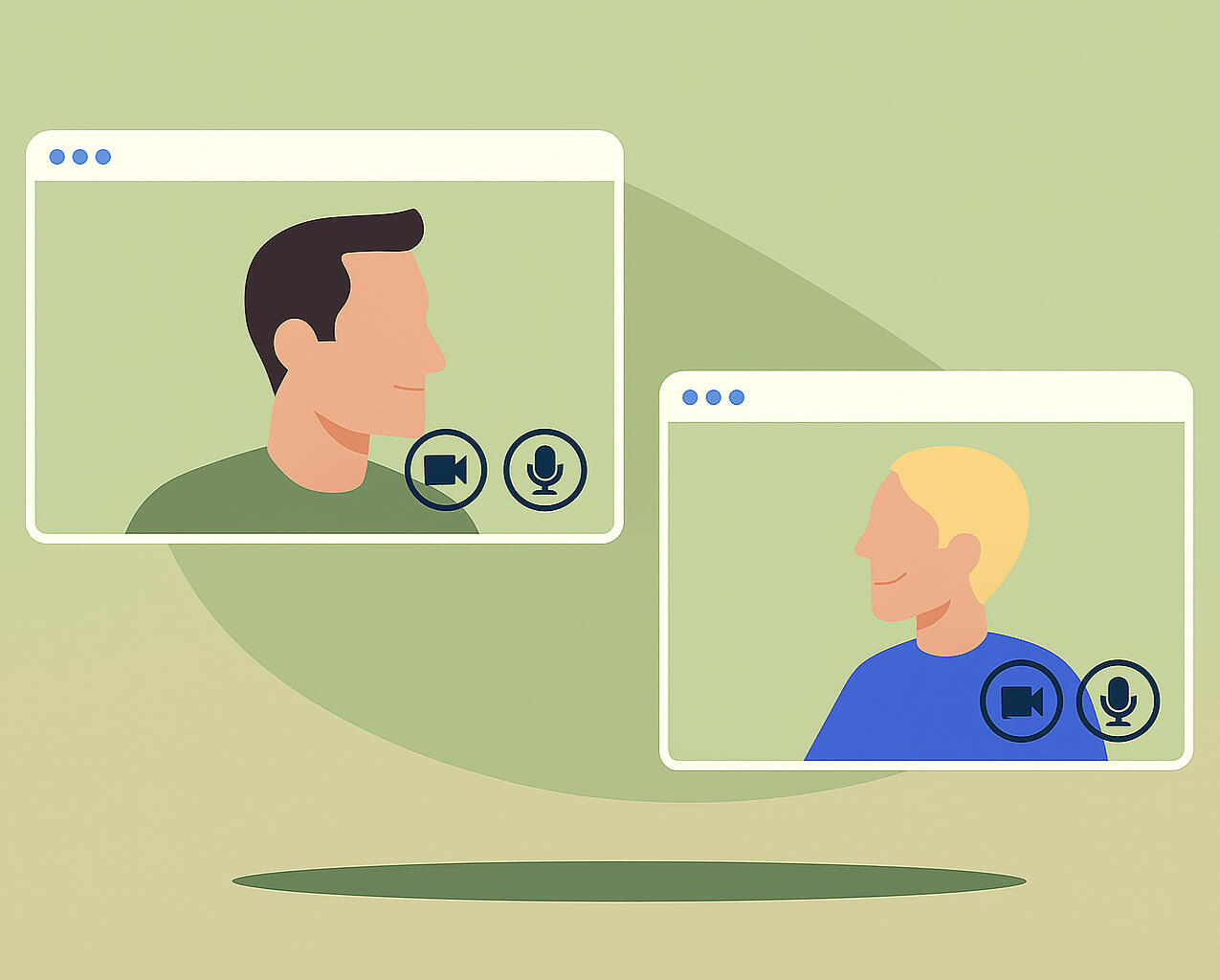
A PDF copy of the Client Service Agreement is available to download HERE.
Want to try coaching before you buy coaching?
Get a free consultation by clicking on the button below.
Get a free 15 minute consultation.
Choose a date and time from the calendar below to connect with me for a free consultation.
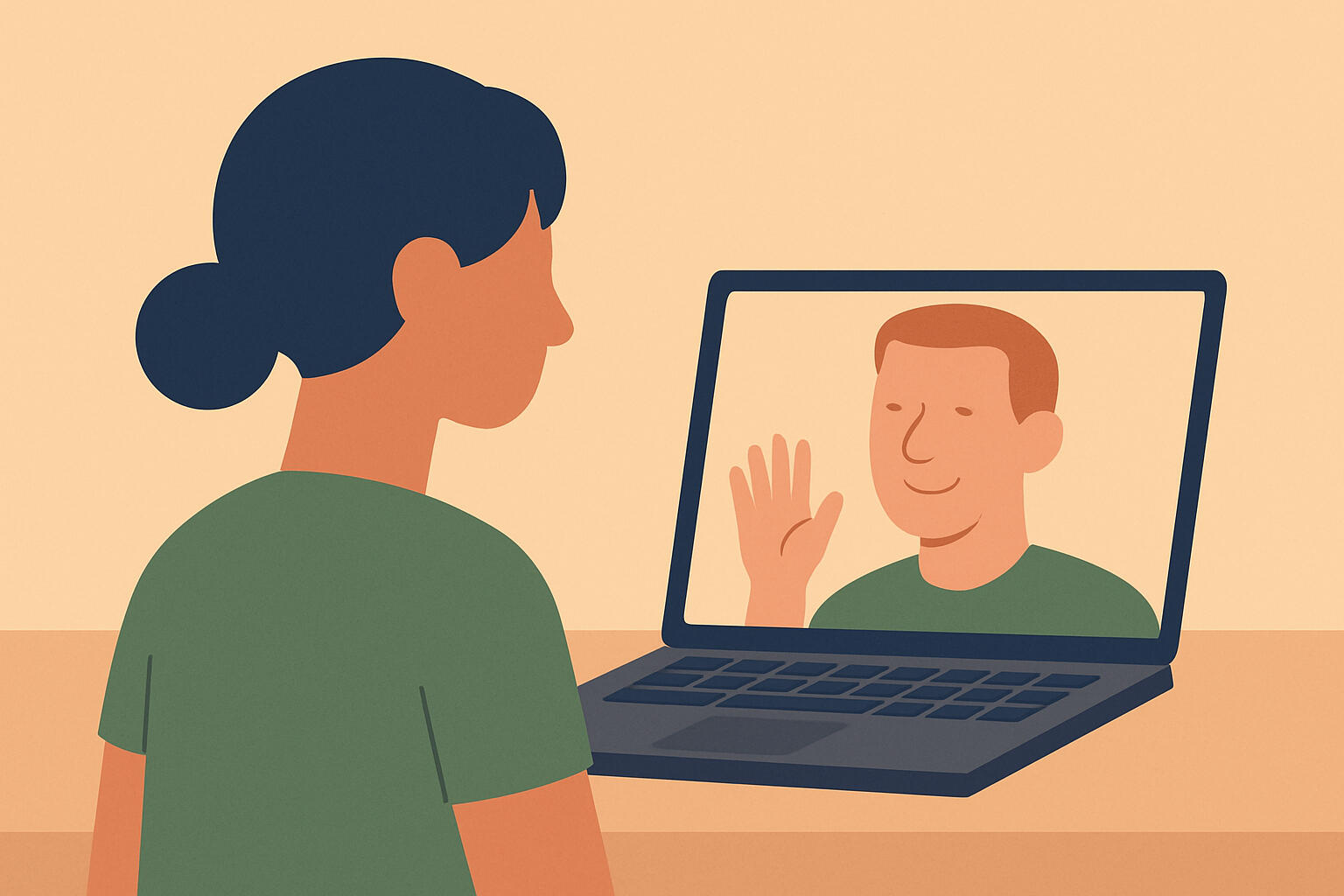
A PDF copy of the Client Service Agreement is available to download HERE.
Want a full 60 minute coaching session instead? Click here:
The C.U.T.F.A.R. Process:
What's driving your habits—and how to change them for good.
Unwanted habits like procrastination or screen addiction are symptoms of a deeper pattern. The C.U.T.F.A.R. model helps you see the sequence behind your habits so you can break the cycle and create lasting change.C.U.T.F.A.R. :
- Circumstances
- Underlying Beliefs
- Thoughts
- Feelings
- Actions
- ResultsClick the buttons below to explore how it works:

Many coaches and counselors will focus on one part of the process or another, but for deep and lasting positive change, beliefs, thoughts, feelings, and actions all need to be addressed.In Self-Mastery Saints, with the help of a professional coach, you gain the tools to transform the whole process, leading to the best version of you and the best version of your life.

What doesn't work
1. Beating yourself up, adding more pressure, or shaming yourself.
- This doesn’t solve the problem. It makes it worse. If you’ve looked at the C.U.T.F.A.R. process, you know our feelings drive our actions. The habits you’re trying to change are often ways your subconscious mind is trying to escape shame, anxiety, or fear. Being hard on yourself might feel productive short-term, but it actually gets in the way of long-term change.
2. Filters, blockers, screen-time limits by themselves
- Like a bandaid, these tools can be useful in their time and place, but they don't address the deeper causes of the issue.
3. Assuming things will get better on their own.
- Things aren't going to change for the better by closing your eyes and pretending the problem isn't there, or by just hoping it goes away on it's own. Avoidance will just make things worse.
What does work
1. Greater Self-Compassion
- It may sound counterintuitive, but self-compassion fuels self-improvement. When you stop running from your human imperfections and meet them instead with kindness and curiousity, you create space for true self-awareness and growth. Instead of demanding complete perfection today, self-compassion frees you to start growing from where you are right now. Self-condemnation kills growth; self-compassion fuels growth.
2. Small and Simple Steps
- You’ve probably tried the do-it-all-now approach, big goals, big changes, and then burnout. The real secret to lasting change? Small, consistent steps."By small and simple things are great things brought to pass".Try asking yourself, "What is the smallest, most simple step I could take that would move me in the right direction?" Practicing consistency with just one or two small changes over time leads to greater transformation than trying to do it all right now.
3. Teaming Up with a High Quality Coach
- Trying to make these changes all alone is a sure way to limit your progress and slow your growth. A good coach will help you see what you can’t see, accelerate your growth, support you through real change, and keep you moving forward. Don't spend years stuck spinning, trying to figure this out on your own.The worlds best athletes work with coaches to reach their full potential. Using a coach doesn’t mean you’re weak. It means you’re wise. If your coach understands both the psychology of habit change and the deeper spiritual truths that drive it all, the transformation can be profound.If you're looking for a coach like that, you're in the right place. I might be biased, but I believe I can help you. Click that green button and let’s get started.
why christ-centered coaching?
When Jesus Christ testified "I am the way, the truth, and the life", He wasn’t speaking in poetic hyperbole. Connecting with Christ and following His teachings really is the way to become your highest, truest self - with joy, wisdom, and self-mastery.
“Whatever questions or problems you have, the answer is always found in the life and teachings of Jesus Christ. ... Turn to Him!”
- President Russell M. Nelson

But...
You might be thinking: “I’m already an active, believing member of the Church. I read my scriptures, I pray... If the gospel holds the answers, why am I still struggling so much?”
Two common reasons this happens:
1. Surface Beliefs vs. Deep Operational Beliefs
There is often a gap between what we intellectually know is true and what we actually do. To close that gap, we need to allow God to take gospel truths deeper into our hearts, where they can reshape the underlying beliefs that truly drive our actions.As your coach, I can help you uncover which hidden or conflicting beliefs are holding you back and help you align them more fully with truth.
2 - Partial Truths Weaponized Against Us
Satan loves to take part of the truth, disconnect it from the bigger picture, and twist it to use it against us (Matt 4:2-11).
An example of a common way he does this:
Partial truth: I am a child of God and Jesus wants me to become like Him.False conclusion: Therefore I should not make mistakes or struggle with weakness. But I do - so I am a failure!!
More complete truth: I am a child of God. Jesus does want me to become like Him. But I’m also mortal, living in a fallen world with a human brain and body.More accurate conclusion: Struggling is part of the plan. It doesn’t mean I’ve failed — it means I’m still in the process of learning, growing, and being refined. That's where I am supposed to be right now. Jesus Christ can use these very struggles to strengthen and sanctify me. (See Ether 12:27; 2 Corinthians 12:7–10.)

Jesus Christ can help us.
When our underlying beliefs are aligned with complete gospel truth, we experience more hope, confidence, love, and self-control (2 Timothy 1:7). If you're feeling a lot of shame, fear, discouragement, or resentment, and you are struggling to control your actions, chances are you're operating on some misapplied or incomplete beliefs.This doesn't mean you are bad or broken. These kinds of distortions can happen to highly faithful and intelligent people. But the Savior can help us. One way He helps us is by putting others in our life who can bring more complete light and truth into our thoughts and beliefs.As a Christ-centered coach, I can help you recognize and replace these subtle but powerful distortions so you can step more fully into the light, joy, and strength that Jesus Christ offers you.

A new coaching program is in the works. More details will be here soon.
Soon there will be more details about a coaching program that will help Latter-day Saint men who want greater power to overcome their unwanted screen habits.